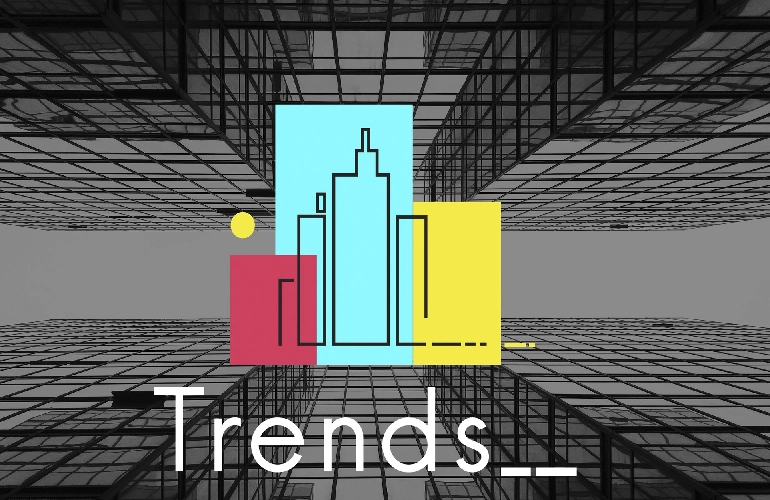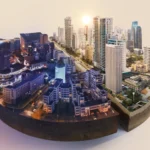The infrastructure sector is at a transformative crossroads in 2025, with rapid technological advancements, sustainability imperatives, and evolving societal needs reshaping the industry. As urbanization continues to accelerate and climate concerns intensify, the civil construction industry is embracing new trends to build resilient, efficient, and future-ready infrastructure. Here are the top trends shaping the future of infrastructure this year.
1. Smart Infrastructure and IoT Integration
Smart infrastructure, powered by the Internet of Things (IoT), is revolutionizing how we manage and maintain public assets. Sensors embedded in roads, bridges, and buildings provide real-time data on structural integrity, traffic patterns, and environmental conditions. This data-driven approach enhances safety, optimizes maintenance, and reduces operational costs.

2. Emphasis on Sustainability and Green Construction
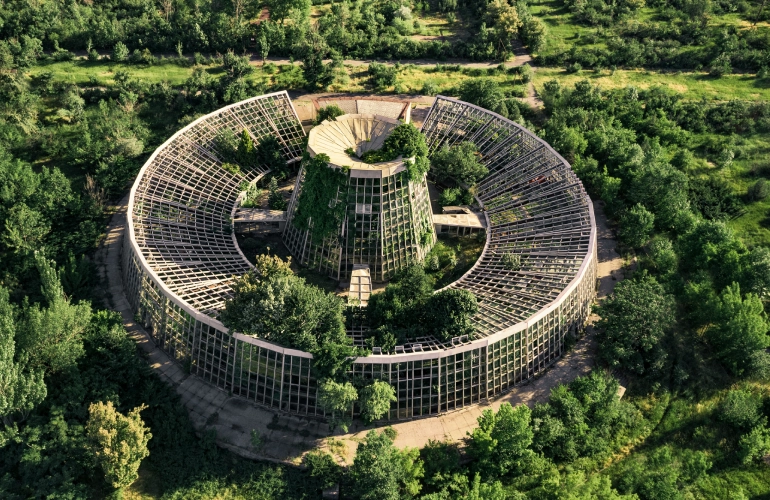
3. Modular and Prefabricated Construction
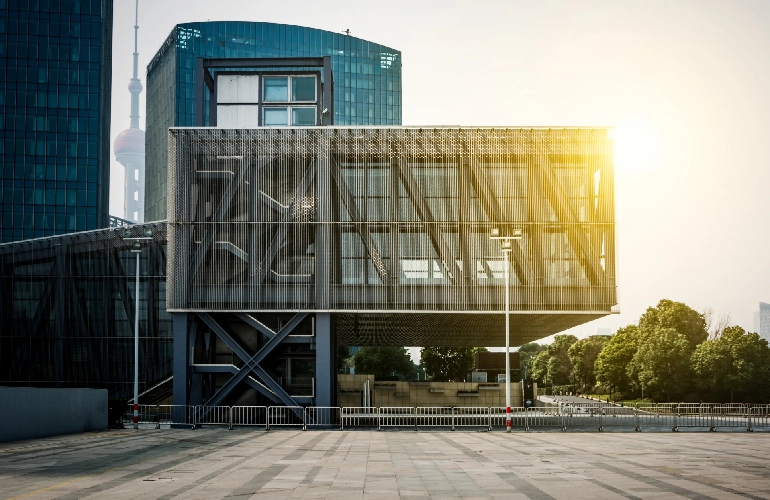
4. Advanced Construction Technologies
5. Focus on Resilient and Adaptive Infrastructure
With the growing frequency of natural disasters, resilient infrastructure is becoming a priority. Adaptive designs, such as flood-resistant buildings and flexible road systems, are helping cities prepare for and respond to extreme weather events. These innovations ensure that infrastructure remains functional under stress, safeguarding communities and economies.

6. Increased Investment in Public-Private Partnerships (PPPs)
7. Data-Driven Decision Making
Conclusion
As we move through 2025, the infrastructure sector is set to experience dynamic changes driven by technology, sustainability, and resilience. By embracing these trends, the civil construction industry can build a foundation for a more connected, sustainable, and adaptive future. Staying ahead of these trends will not only ensure the longevity of infrastructure assets but also improve the quality of life for communities worldwide.
What trends do you think will shape the future of infrastructure beyond 2025? Share your thoughts in the comments below!
Lorem ipsum dolor sit amet, consectetur adipiscing elit. Ut elit tellus, luctus nec ullamcorper mattis, pulvinar dapibus leo.
